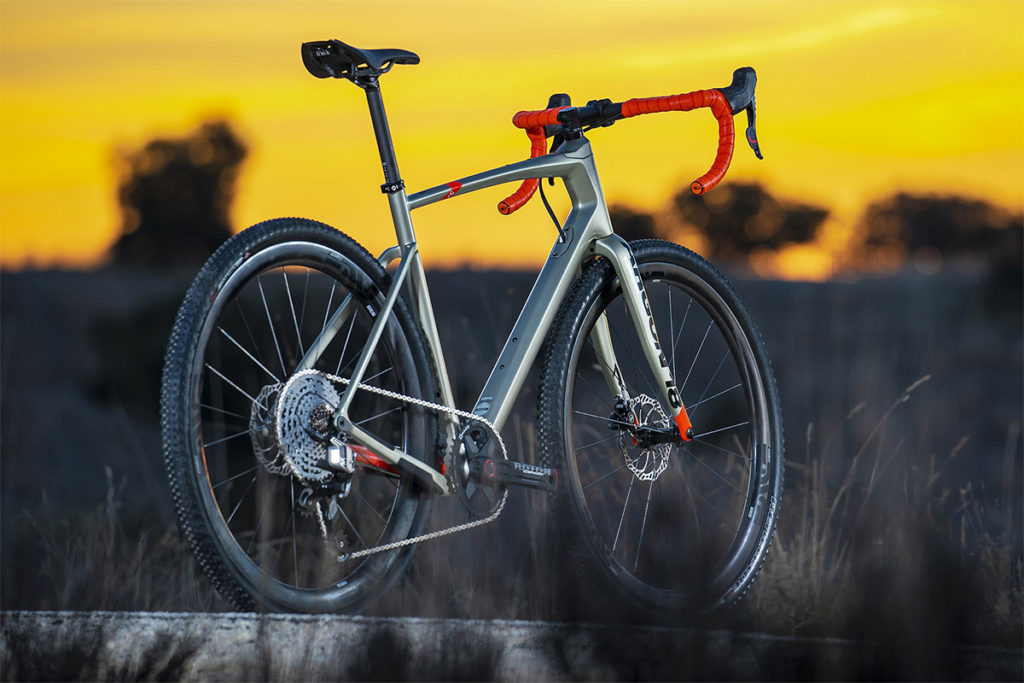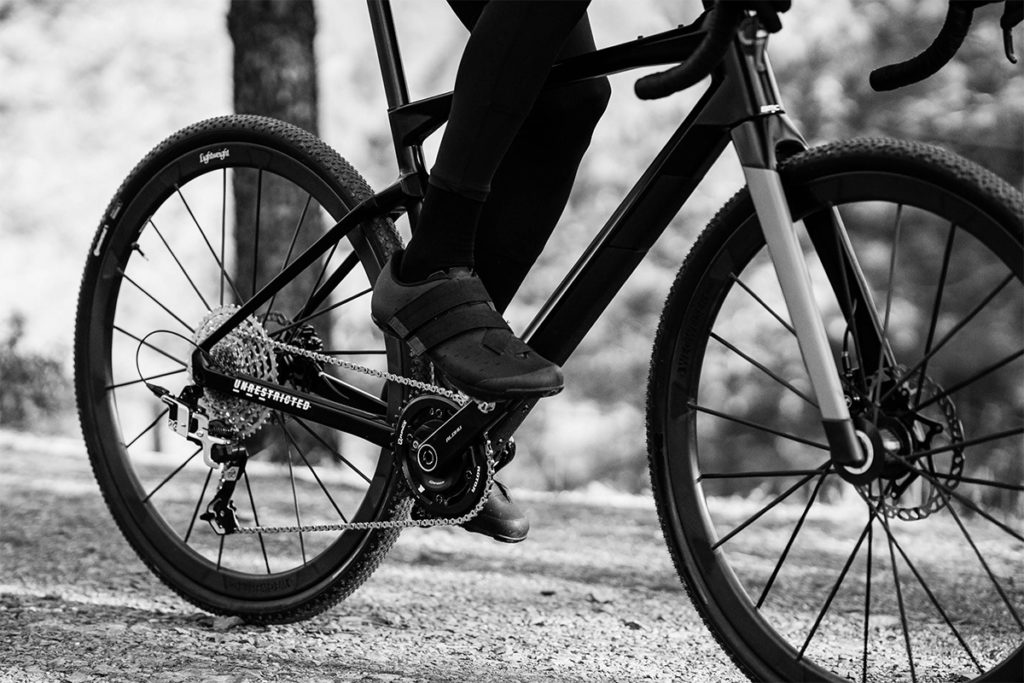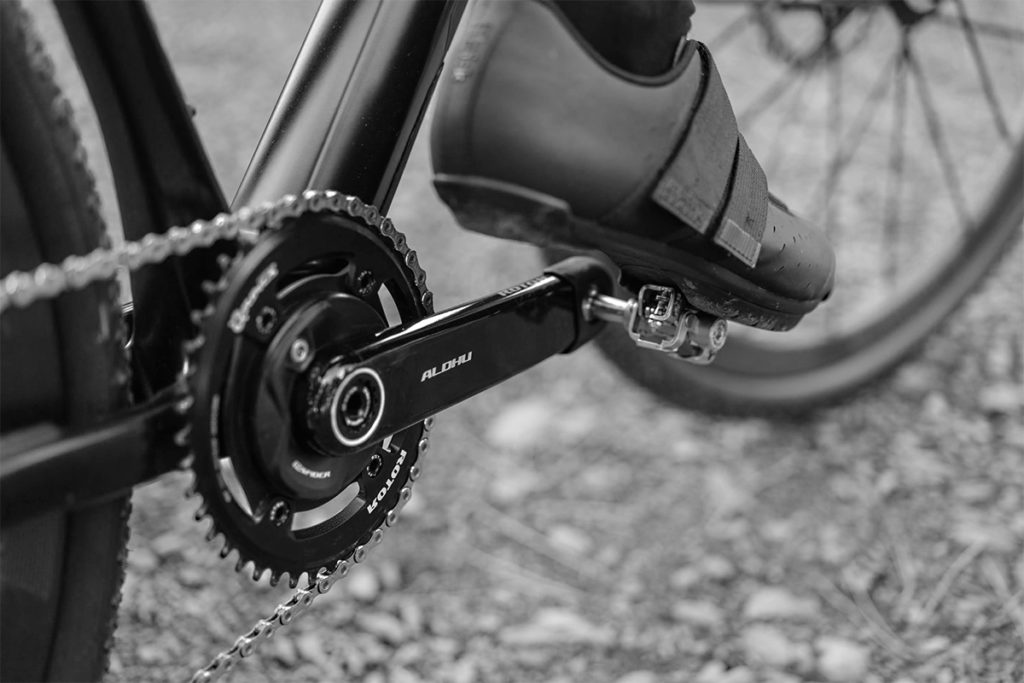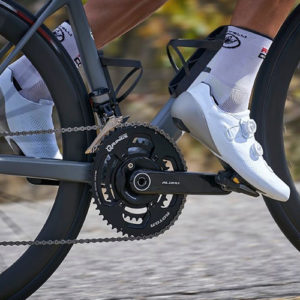No products in the cart.
Return To ShopWe all want to improve the way we pedal. We want to go faster, use less energy, and come home feeling like we’ve done our best. But we can still give more. ROTOR Q RINGS® chainrings are one of our best allies when we want our pedaling cycle to have no weak points. Their wide compatibility with almost any category makes them perfect for gravel. Both in combinations of one and two chainrings, switching to Q RINGS® in gravel can only give you good results. We give you 3 of the reasons why you should switch to Q RINGS®.
1. You will get more performance with each pedal stroke
ROTOR’s Q RINGS® chainrings have numerous associated benefits. The Q RINGS® will allow you to carry a higher cadence, with which muscle wear will be less by avoiding those pedaling points (which exist to a greater extent in conventional round chainrings) where muscle power rises, without being reflected in higher speed or better performance at the watt level. In addition, thanks to the more fluid pedaling that avoids those peaks of muscle and joint tension, they will relieve you if you are prone to discomfort in the knees or hips. It is as simple as that as the cadence increases, the muscular expenditure is less due to not having so much tension and the articulation points making the entire pedaling cycle easier. In addition, and depending on the type of Q RINGS® you use, in the case of those that come with OCP technology, you can orientate the chainrings themselves so that the maximum and minimum ovality adjust to your pedaling style.

Gravel is a perfect specialty for Q RINGS® since in most of our training sessions or competitions, we ride on compact track areas or on asphalt, where the pedaling rhythm is very constant and many kilometers ahead, to get the most out of the performance advantages of oval chainrings. In gravel you can develop very high average speeds, perfect to take advantage of each pedal cycle. The Q RINGS® in gravel, will not only help you to have a more fluid cadence climbing, but also in areas where you pedal at maximum power, you will be able to benefit from that less muscle wear.
2. Compatibility with most crank models
A few months ago, we presented our ALDHU carbon cranks, perfect for gravel use, and a few weeks ago, we presented you the new Q RINGS® chainrings, compatible with the Shimano GRX groupset in their 48/31 and 46/30 combinations with a BCD of 110 / 80×4 and a weight of 149.5 g and 123 g respectively. In a double chainring setup, but if you want a 1x transmission with Q RINGS®, ROTOR offers you a pack of 4 bolts, compatible with the Shimano FC-RX810 and FC-RX600 crank models, to be able to mount the Q RINGS chainrings on combinations from 40 to 54 teeth.

And if you are a SRAM gravel dual chainring user, now ROTOR has specific Q RINGS® chainrings for the SRAM RED eTAP AXS 12-speed groupset in 50/37 and 48/35 combinations with both BCD 110×4 or BCD 107×4.
And these are just a couple of examples, since Q RINGS® chainrings are compatible with most cranks on the market, and of course with our ROTOR cranks ranges, which include the possibility of adding a powermeter to your gravel bike. through INspider, INpower and 2INpower technology.

3. Many options for 1x chainrings
With Gravel bikes it is common to use single 40, 42, 44 or 46 tooth chainrings, but with ROTOR you will have no problem choosing any other chainring size, especially if you decide on Q RINGS®. Gravel is a modality in which single chainring transmissions have more and more users and being able to fit an oval Q-Rings ring, together with a powermeter, is a more than interesting option. Remember, you can also mount the single chainring with a 12 or 13 speeds cassette combination with our 1×13 drivetrain, where you have a huge range for single chainring, with options even beyond 48 teeth.
This possibility of installing the single chainring size you want with Q RINGS®, makes it possible for you to choose the cassette that best suits your needs, both in terms of number of speeds and the size of the teeth of each sprocket. Gravel is highly variable depending on the area in which you train, so the more options there are of Q RINGS®, both single and double chainring, the better you can adapt your transmission to your needs.







